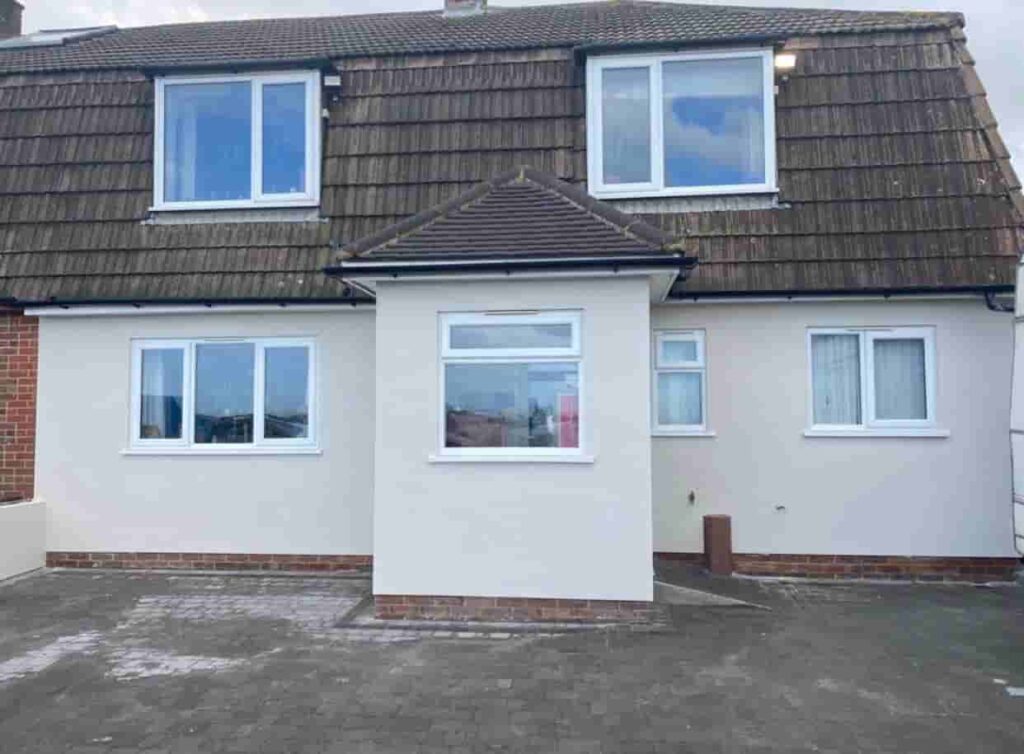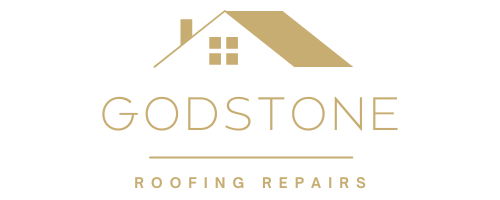Your roof is designed to protect your home from the elements, but it’s easy to forget that not all parts of the roof are as visible or as frequently checked as others. Fascias and soffits, the components that run along the edges of your roof, may seem like minor elements of the roofing system, but they play a crucial role in keeping your home secure and dry. Unfortunately, when these elements are neglected or damaged, they can become the weakest link in your roof, leading to significant issues for your home.
At Godstone Roofing Repairs, we specialise in roof repairs and maintenance in Godstone, Surrey. In this article, we will explain why fascias and soffits are so important and how their deterioration can lead to problems that affect the whole roofing structure.
What Are Fascias and Soffits?
Before we dive into the potential issues, it’s important to understand what fascias and soffits are and their role in your roofing system.
- Fascias are the long horizontal boards that run along the edge of your roofline. They are attached to the ends of the rafters and provide a surface for gutters to attach to.
- Soffits are the boards that run beneath the eaves of your roof, filling the gap between the fascia and the side of the building. They often have ventilation holes to allow air to circulate the roof space.
Together, these components help to maintain the integrity of the roof, prevent water damage, and allow for proper ventilation in your roof space. However, when these parts fail, the effects can be much more widespread than you might expect.
Why Fascias and Soffits Can Become the Weakest Link
1. Water Damage and Rot
- Fascias and soffits are constantly exposed to the elements. Rainwater, snow, and ice can cause the wood to swell, rot, or warp. Without proper maintenance, the damage can extend to the roof itself, leading to leaks or structural instability.
- Clogged gutters can also lead to water accumulating on the fascia, resulting in decay and weakening. The moisture can trickle into the roofing system and cause damage to insulation, beams, and even the internal ceiling.
2. Pest Infestation
- Damaged fascias and soffits create entry points for pests such as birds, rodents, and insects. These creatures can build nests or create further damage to the roofing system.
- Over time, pests can cause significant harm to your roof, especially if left unchecked, leading to potential damage to electrical wiring, insulation, and more.
3. Poor Ventilation
- Soffits are vital for allowing proper airflow within the roof space. If they are blocked or damaged, it can result in poor ventilation.
- This can cause moisture to build up inside the roof cavity, which could lead to mould growth, condensation, or dampness. Poor ventilation can also impact the temperature in the loft, leading to higher energy bills as your heating system works harder to regulate the internal environment.
4. Aesthetic and Structural Impact
- Over time, fascias and soffits can become unsightly due to weathering, staining, or decay. This not only detracts from the appearance of your home but can also signal more severe underlying issues.
- Sagging or loose fascias can cause the roofline to become misaligned, affecting the integrity of the roof and the effectiveness of the gutters. This may lead to further structural issues if not addressed promptly.
How to Spot Problems with Fascias and Soffits
It’s important to regularly inspect your fascias and soffits to spot early signs of damage before they turn into more serious issues. Here are some things to look for:
- Cracks, warping, or gaps in the fascia boards – these can indicate water damage or pest entry.
- Sagging or loose fascia boards – this can cause the roofline to shift, putting strain on the roof structure.
- Visible mould or mildew growth on the soffits – an indication of excess moisture in the roof space due to poor ventilation.
- Damp or water stains inside the property, particularly near the ceiling or in the attic – these may signal that water is getting into the roof structure.
- Clogged or overflowing gutters that are unable to properly drain water away from the fascia.
If you notice any of these signs, it’s crucial to contact a professional roofer as soon as possible to prevent further damage.
Why Professional Roofers Should Handle Fascia and Soffit Repairs
While minor issues with fascias and soffits can sometimes be handled by homeowners, it’s always best to hire a professional to ensure the job is done properly. Here’s why:
- Expertise and experience: Roofing professionals like those at Godstone Roofing Repairs have the experience to identify hidden damage and ensure that repairs are carried out to the highest standards.
- Safety: Working at heights can be dangerous. Professional roofers have the necessary safety equipment and training to work safely and efficiently.
- Long-term solutions: A professional roofer will ensure that your fascias and soffits are repaired or replaced with high-quality materials, giving you long-lasting protection and peace of mind.
Conclusion
Fascias and soffits may seem like minor components of your roofing system, but they play a vital role in protecting your home from water damage, pests, and poor ventilation. Neglecting these parts of your roof can lead to hidden damage that impacts the overall structural integrity of your property.
If you’ve noticed signs of wear and tear or damage to your fascias and soffits, don’t wait for the issue to escalate. At Godstone Roofing Repairs, we offer expert fascia and soffit repairs and replacements in Godstone, Surrey. Contact us today to schedule an inspection and ensure that your roof remains in excellent condition for years to come.
Call us on: 01883 771 596
Click here to find out more about Godstone Roofing Repairs
Click here to complete our contact form and see how we can help with your Roofing needs.

